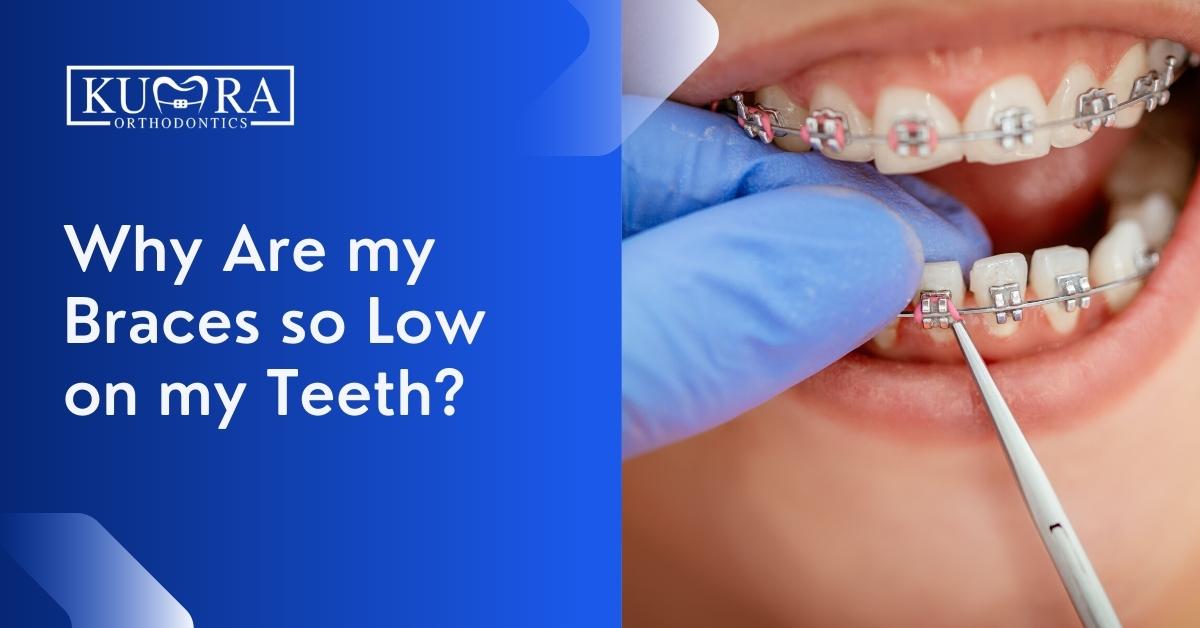Your Guide to Cumming Invisalign: Straightening Teeth with Style and Convenience
Your Guide to Cumming Invisalign: Straightening Teeth with Style and Convenience
Blog Article
Comprehensive Guide to Orthodontics Treatments for Fixing Oral Misalignments
Comprehending the ins and outs of each procedure, including their systems, benefits, and potential drawbacks, is essential in making notified choices concerning one's orthodontic therapy. As we navigate with the comprehensive overview to orthodontic treatments for correcting dental misalignments, the intricate information of each approach will unfold, shedding light on the path towards a unified and practical oral placement.
Orthodontic Procedures Summary

Normal changes and tracking are crucial parts of orthodontic therapy to guarantee development is on track and to make any kind of necessary modifications along the method. By undergoing orthodontic procedures, people can not just accomplish a straighter grin yet also enhance their general dental wellness and feature.
Standard Braces: How They Work
When taking into consideration orthodontic treatments for oral misalignments, conventional dental braces attract attention as a tried and true technique for remedying teeth placing. Standard dental braces include braces, cords, and bands that interact to apply continual stress on the teeth, progressively relocating them into the preferred alignment. The braces are affixed to the teeth making use of a special adhesive, and the cords are threaded through the brackets. By adjusting the tension of the cords, orthodontists can regulate the direction and pressure used to each tooth, leading them right into appropriate placement gradually.
As stress is applied to the teeth with the dental braces, the bone surrounding the teeth is improved to support the new tooth positions. People will certainly need normal adjustments at the orthodontist's workplace to guarantee the dental braces proceed to use the appropriate stress for effective teeth motion.
Unseen Aligners: Cons and pros
Invisible aligners provide a discreet and hassle-free choice to conventional dental braces for correcting dental misalignments. These clear, personalized trays are virtually undetectable when used, making them an enticing option for people seeking an extra aesthetically pleasing orthodontic treatment. Among the primary benefits of undetectable aligners is their removability, enabling for simpler upkeep of dental health contrasted to traditional dental braces. Clients can remove the aligners prior to consuming or brushing their teeth, reducing the threat of food getting embeded the device and simplifying the cleansing procedure.

Surgical Orthodontic Options
Surgical interventions in orthodontics existing practical alternatives for resolving intricate oral imbalances that may not be effectively settled with conventional orthodontic treatments. While unseen aligners and conventional dental braces can remedy many orthodontic issues, specific cases require medical treatment to achieve optimal outcomes. Surgical orthodontic alternatives are commonly recommended for serious malocclusions, substantial jaw discrepancies, and situations where the underlying bone structure needs alteration to achieve appropriate placement.
One usual surgical orthodontic procedure is orthognathic surgical procedure, which involves repositioning the jaws to correct useful problems such as difficulty talking or eating. This surgical treatment is frequently executed in partnership with an orthodontist that assists line up the teeth before and after the treatment. Surgical orthodontics may also entail treatments to expose influenced teeth, get rid of excess gum tissue, or improve the jawbone to develop an extra unified face profile.
Prior to thinking about surgical orthodontic alternatives, clients undergo a comprehensive analysis to determine the requirement and prospective advantages of such treatments. aligners. While surgery may appear complicated, it can dramatically enhance both the function and visual appeals of the smile in instances where standard orthodontic therapies fall short
Retainers and Post-Treatment Care

Failing to conform with post-treatment care instructions can result in regression, where the teeth slowly relocate back in the direction of their initial placements. Constant retainer wear, great dental health, and normal dental check-ups are essential for keeping the outcomes achieved through orthodontic surgery and guaranteeing the lasting security of the fixed dental alignment.
Conclusion
To conclude, orthodontic procedures offer different alternatives for dealing with oral misalignments. Typical dental braces make use of steel braces and cords to shift teeth right into proper alignment. Unseen aligners give a more very discreet alternative yet may not be appropriate for all cases. Surgical orthodontic choices are readily available for more extreme imbalances. Retainers are commonly used post-treatment to preserve the new positioning. Overall, orthodontic procedures can properly boost oral health and aesthetic appearance.
As we navigate with the thorough guide to orthodontic procedures for fixing dental imbalances, the intricate information of each technique will unravel, dropping light on the path toward a functional and unified dental alignment. - braces
One of the most usual orthodontic therapies is the use of braces, which are composed of metal braces and wires that use gentle stress to slowly change teeth right into the preferred placement.When considering orthodontic therapies for dental imbalances, traditional dental braces stand out as a tried and true technique for fixing teeth placing. In addition, unseen aligners might not be ideal for intricate orthodontic problems that need more considerable teeth motion, as they are usually go to the website recommended for light to modest cases. Retainers are custom-made orthodontic tools created to hold teeth in their fixed placements after the completion of orthodontic therapy.
Report this page